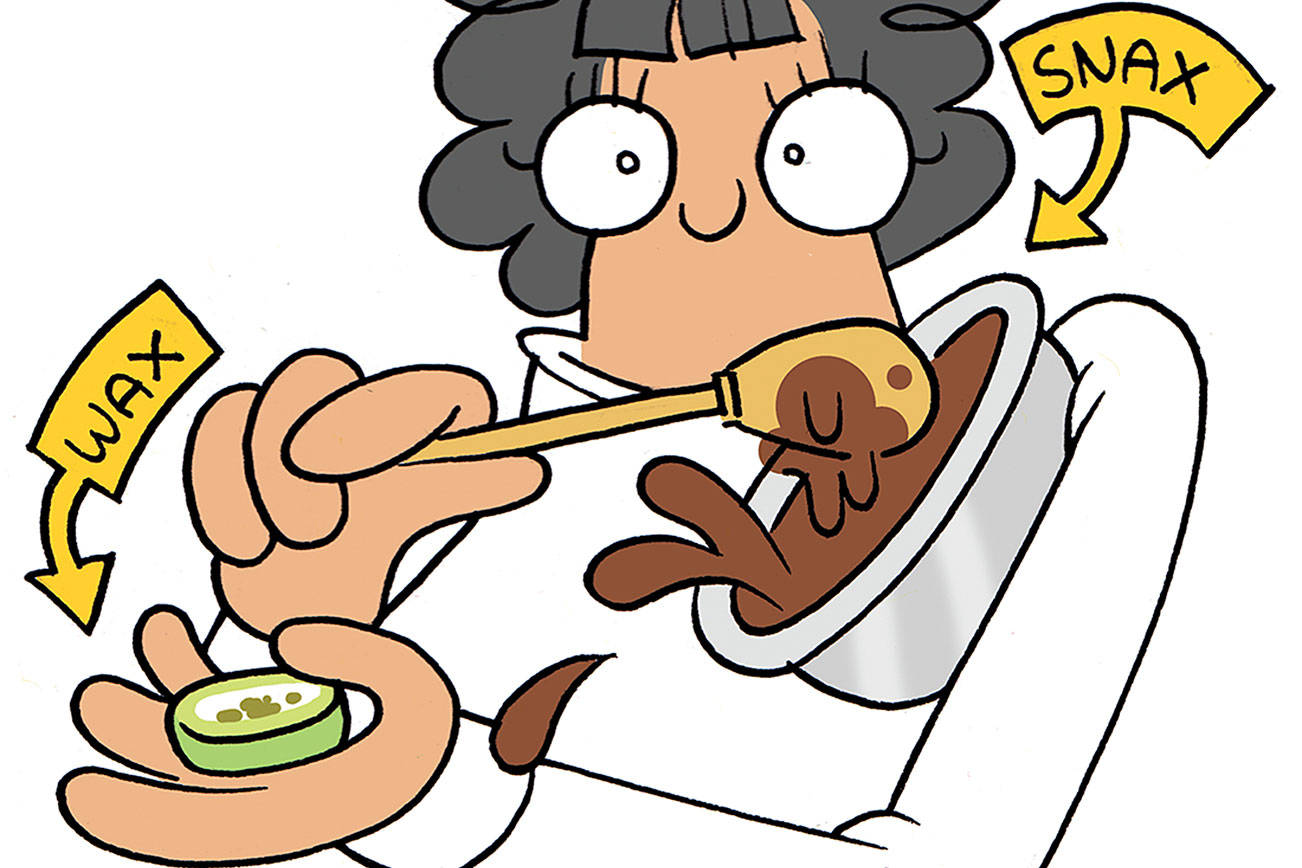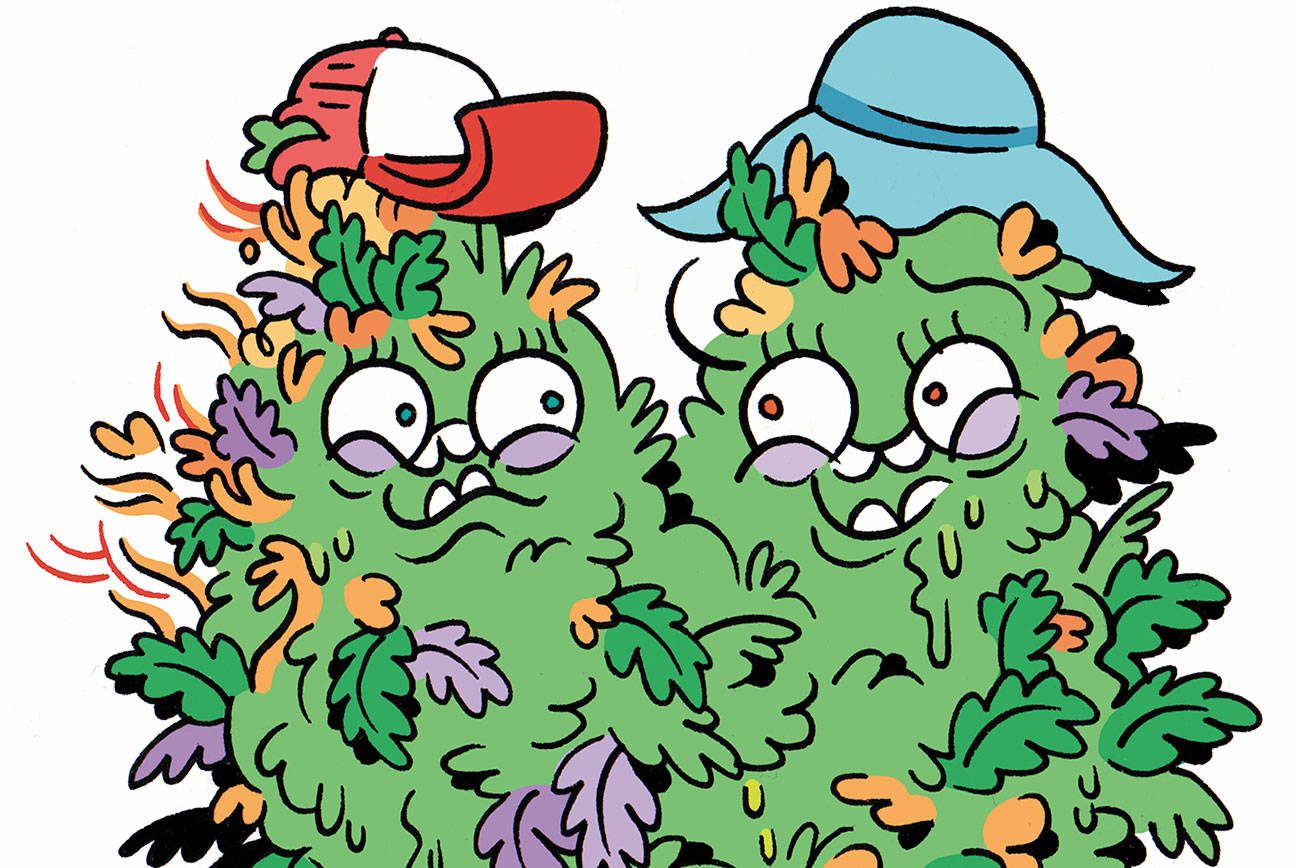Bonsai pot plants are the stuff of stoney legend, but are they possible to grow?
In the horticultural world, growing bonsai trees is both a skill and an art. An expression of zen, to practice bonsai is a form of self-development. It is looked at as a lifelong pursuit, with some bonsai trees living hundreds of years and being passed down through families.
The art of bonsai, which translates to “a tree in a shallow pot,” was developed by the Chinese, who used dwarf trees. They introduced the practice to the Japanese, who took it one step further and used regular-sized trees that they learned to train down to miniature versions. Bonsai artists can miniaturize almost any plant, and one popular realm of bonsai is cultivating tiny fruit trees that produce edible fruit.
For years, stories have floated around about people who have grown “bonsai’d” pot plants: tidy, miniature versions of weed plants, kept on desktops or window sills, which occasionally produce a smokeable nug. In our world of shrinking living spaces, who wouldn’t want the convenience of a countertop-sized grow-op, from which one could reach over and pluck a fresh nug anytime they wanted?
However, the reality is less straightforward. Bonsai growers traditionally pick plants that can be cultivated to look like massive trees with thick, gnarled, trunks and tiny leaves, as well as plants that can potentially live hundreds of years. Cannabis, on the other hand, notoriously grows tall and thin. The growth cycle is measured in weeks. Further, once a plant produces flowers, that is usually the end of its life cycle, as the effort often kills it or weakens it significantly.
A few weed growers out there are playing with cannabis’ willowy nature, using floral wire to bend and shape the “trunks” of their pot plants. Utilizing bonsai pruning techniques, they can train small branches to grow away from the main stem and create a full tree-like profile, but the result is the same: Once the plant produces buds—and that is usually why people grow weed—they wither and die. Some bonsai pot growers insist that sacrificing the top third of the plant after harvest and cutting off all yellowing leaves will kick off another growth cycle, and the plant doesn’t have to be killed after a harvest. So, technically, yes, pot plants can be bonsai’d, but it is super-tricky and generally short-lived, and the grower will most likely have to choose between cultivating the plant for the art or cultivating the plant for buds.
Nevertheless, all is not lost, thanks to the rapidly increasing popularity of micro-growing. Intrepid gardeners can tuck plants in anywhere they have space, modifying other elements such as light and ventilation to suit the situation. Starting with the right strain is essential. Sativas usually grow very tall, increasing their height by 200–300 percent during the flowering phase, while indica-based plants tend to stay short and shrubby, growing only 50–100 percent during the flowering stage. Producers have also created auto-flowering strains by crossbreeding indicas and sativas with cannabis ruderalis, a compact and bushy type of weed that has a naturally short flowering time and even needs less light.
A little research will provide plenty of tips on lighting, soil, and nutrients best suited to micro-growing. So while you might not reap pounds of weed, you will get to try your hand at cannabis cultivations, and perhaps cultivate a little zen in the process.
stashbox@seattleweekly.com







